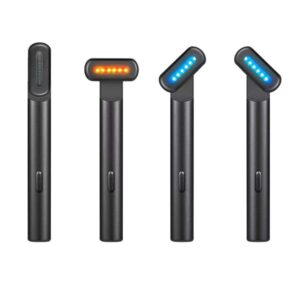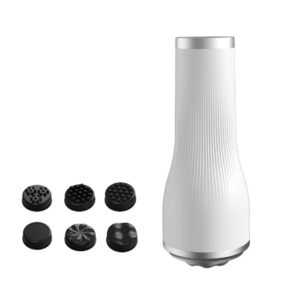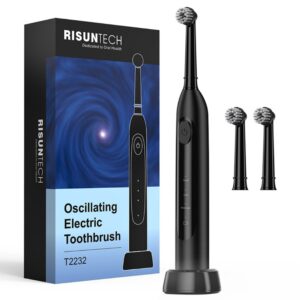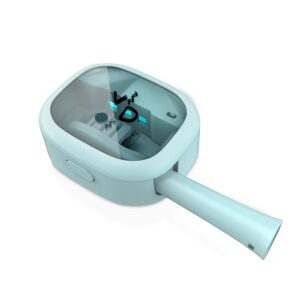Summary
Eye care devices are increasingly recognized as essential components of wellness, driven by a growing awareness of the critical role vision health plays in overall well-being. With technological advancements in diagnostic tools, wearable technologies, and specialized eyewear, these devices have transitioned from niche medical products to mainstream health essentials. The market for eye care devices is projected to experience significant growth, driven by factors such as increased screen time, rising incidences of digital eye strain, and a burgeoning awareness of preventive eye care practices.
Notably, innovations such as smart contact lenses, computer glasses, and AI-driven diagnostic tools are transforming the landscape of eye health management. These devices offer real-time monitoring of ocular conditions, tailored interventions for vision-related issues, and enhanced accessibility to care, especially in underserved populations. Moreover, the integration of telemedicine has revolutionized the way eye care is delivered, allowing for remote consultations and screenings that mitigate geographic barriers to access. As a result, eye care is increasingly viewed as a critical element of preventive health strategies, capable of identifying early signs of systemic diseases such as diabetes and hypertension through comprehensive eye examinations.
Despite the progress, challenges persist, particularly in access to care and the integration of advanced technologies into traditional practices. Geographic disparities and varying adherence rates to treatment protocols can complicate patient outcomes, highlighting the need for innovative solutions like mobile eye care services to bridge the gap in accessibility. As the eye care market evolves, stakeholders are urged to stay informed about technological trends and to advocate for policies that enhance patient access to effective and timely eye care services.
In conclusion, as eye care devices become integral to personal wellness, they represent not only advancements in technology but also a shift in how individuals approach their eye health. The emphasis on personalized, preventive care is set to empower patients, positioning eye health as a crucial aspect of overall health and quality of life.
Table of Contents
Historical Context
The evolution of eye care devices has been closely linked to advancements in medical technology and a growing understanding of the importance of vision health in overall well-being. Historically, eye care was often rudimentary, with limited tools available for diagnosis and treatment. However, as awareness of vision health has increased, so too has the demand for more effective eye care solutions.
In the early 20th century, basic instruments like the ophthalmoscope and retinoscope began to emerge, allowing eye care professionals to examine the interior of the eye and assess refractive errors. These innovations laid the groundwork for more sophisticated diagnostic equipment that would follow. By the mid-20th century, the introduction of contact lenses and later, laser technology, revolutionized both the correction and treatment of various vision issues, expanding the range of options available to patients.
The latter part of the 20th century and the early 21st century saw a marked increase in the development of advanced imaging technologies, such as optical coherence tomography and fundus cameras, which have significantly improved the ability to detect and monitor eye conditions like glaucoma and diabetic retinopathy. This era also witnessed the emergence of digital solutions, such as teleophthalmology, which has facilitated remote access to eye care, particularly in underserved communities.
Simultaneously, societal factors have also influenced the evolution of eye care devices. The increasing prevalence of vision-related issues, coupled with the rise of digital technology and prolonged screen time, has highlighted the need for regular eye examinations and preventive care. As awareness of these challenges has grown, so has the innovation in eye care devices aimed at addressing them, with a focus on accessibility and ease of use.
In recent years, wearable technology and AI-driven solutions have emerged as game-changers in the field. Smart contact lenses and wearable sensors are now capable of continuously monitoring eye health parameters, offering unprecedented opportunities for early detection of potential problems. These innovations signify a shift toward a more integrated approach to health care, where eye health is recognized as a critical component of overall wellness.
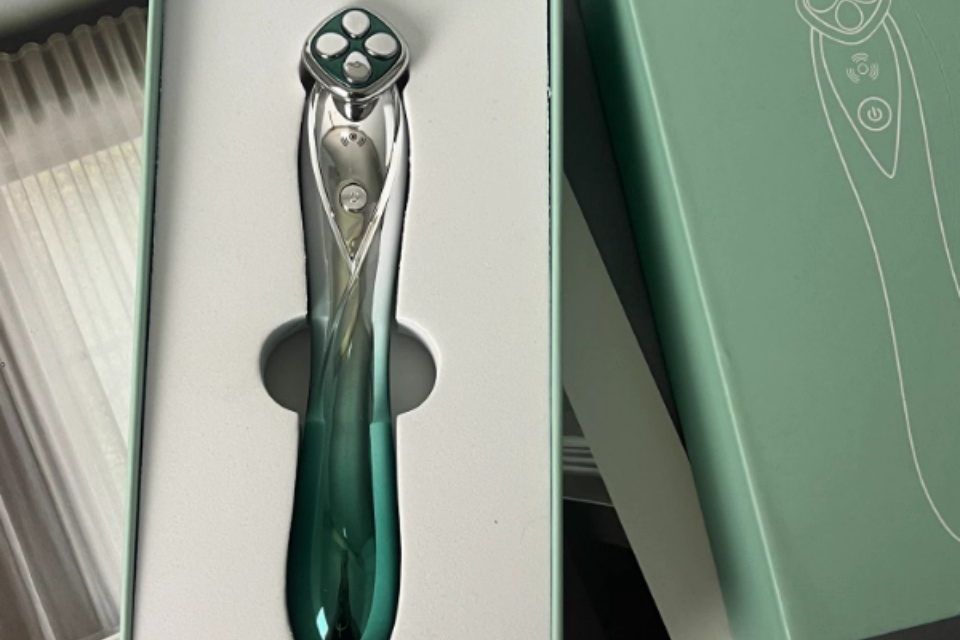
Types of Eye Care Devices
Wearable Devices
Wearable eye care devices, including smart contact lenses and wearable sensors, are increasingly becoming essential tools for monitoring eye health. These innovations allow for continuous and non-invasive tracking of various eye health parameters, such as intraocular pressure and tear production. Such devices enhance patient access to care and the quality of care provided, particularly for individuals managing chronic conditions like glaucoma or diabetes.
Eyewear Technology
Computer Glasses
Computer glasses are designed specifically to reduce symptoms of digital eye strain, which has become more prevalent due to increased screen time. These glasses often feature blue light-filtering lenses that can block up to 94% of harmful blue light, and they come in various lens tints and coatings to suit individual preferences and styles. Options include yellow- or amber-tinted lenses for significant blue light blockage, as well as clear lenses with anti-reflective coatings to minimize glare.
Smart Glasses
Smart glasses integrate augmented reality (AR) technology to overlay digital information onto the wearer’s field of vision. This technology aims to improve visual acuity and assist with daily tasks while monitoring eye health parameters simultaneously. These advancements not only cater to aesthetic preferences but also enhance functionality, providing real-time updates on visual health.
Traditional Lenses and Optical Devices
Prescription Glasses and Contact Lenses
Traditional prescription eyewear remains a cornerstone of eye care. An updated prescription ensures that eyewear meets current visual needs, facilitating clearer vision for activities ranging from reading to driving. For those who prefer contact lenses, modern advancements have introduced specialized options that offer blue light protection and enhanced comfort for prolonged wear.
Diagnostic and Imaging Devices
Eye care technology in 2025 is characterized by a wide range of diagnostic and imaging devices, including optical coherence tomography (OCT) and fundus cameras, alongside cutting-edge AI screening tools. These devices are crucial for eye care specialists in conducting thorough eye exams and diagnosing conditions effectively.
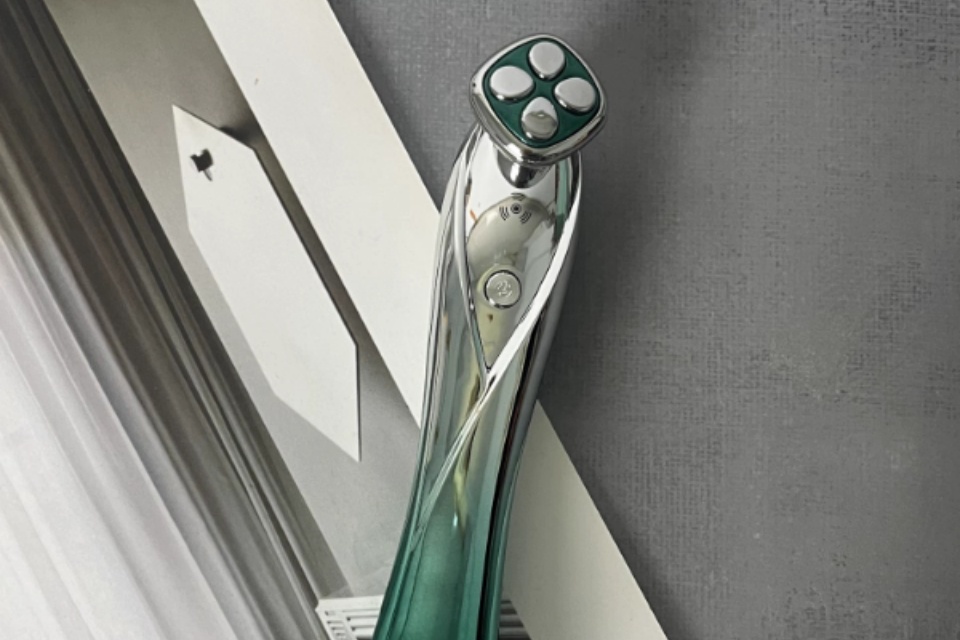
Health Benefits
Eye care devices play a crucial role in promoting overall health and well-being by enhancing vision and preventing a range of eye-related issues. The integration of these devices into regular health practices supports early detection and management of visual impairments, thereby fostering greater public awareness about eye health and its broader implications on overall wellness.
Enhancing Quality of Life
Maintaining eye health is intrinsically linked to overall quality of life. Effective vision care not only preserves clear sight but also enables individuals to engage fully in their daily activities, thus promoting happiness and independence. By choosing the right eye care professionals and utilizing appropriate devices, individuals can ensure that they remain proactive in managing their vision wellness, contributing to their long-term health and well-being.
Prevention of Vision Impairment
Access to advanced eye care technology can significantly mitigate the risks of vision impairment and blindness, particularly in underserved populations. For example, studies have shown that innovative tools such as smartphone-based non-mydriatic fundus photography effectively screen for glaucoma risk, facilitating timely interventions for at-risk patients. Such advancements not only improve individual health outcomes but also reduce the economic burden associated with preventable vision loss, particularly among disadvantaged communities.
Detection of Systemic Diseases
Regular eye examinations facilitated by modern eye care devices can reveal critical insights into an individual’s overall health. Eye exams have the capacity to detect early signs of more than 270 systemic and chronic diseases, including diabetes and hypertension, which underscores the vital role of vision care in preventive health strategies. Consequently, integrating vision care into routine health assessments can enhance both employee productivity and employer healthcare costs.
Addressing Digital Eye Strain
In our digital age, many individuals suffer from digital eye strain due to prolonged exposure to screens. Advanced eye care devices, such as those designed to filter blue light, can help alleviate symptoms associated with this condition, including discomfort and blurred vision. Moreover, employing strategies such as the 20-20-20 rule can further combat digital eye strain, enhancing eye comfort and preventing fatigue during extended periods of screen use.
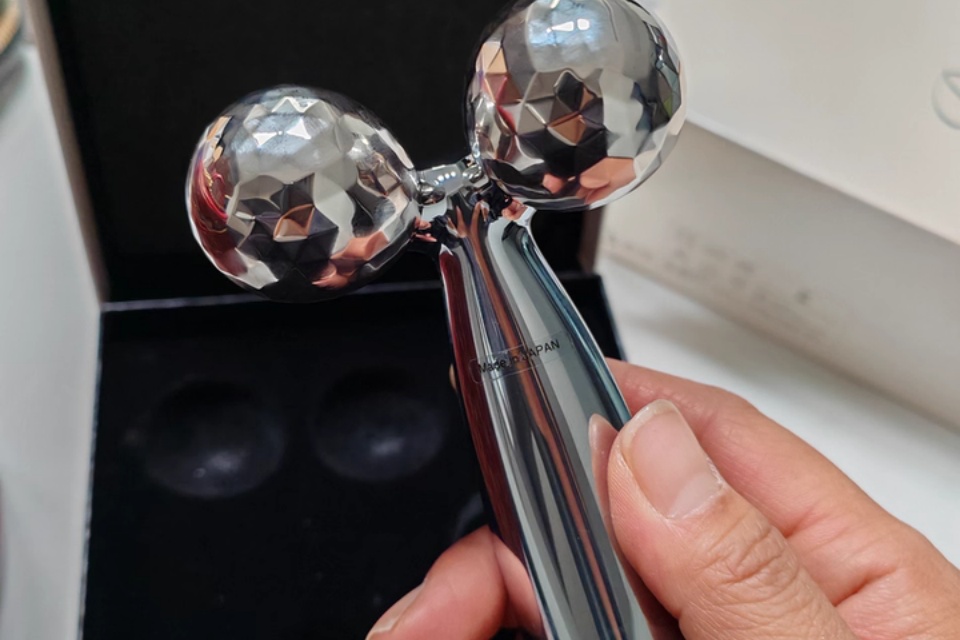
Technological Advances
The field of eye care has seen significant technological advancements that enhance both diagnostic capabilities and patient experiences. Innovations in this domain encompass a range of tools and techniques that utilize cutting-edge technologies, such as artificial intelligence (AI), digital imaging, and telemedicine.
Artificial Intelligence in Eye Care
Artificial intelligence has emerged as a transformative force in ophthalmology and optometry, primarily focusing on data analysis and enhancing diagnostic accuracy. AI-powered tools, such as the BulbiCAM, utilize virtual reality to assist patients in conducting visual field tests, thereby increasing the precision of results. Furthermore, AI algorithms can analyze retinal images to detect early signs of diseases such as diabetic retinopathy and glaucoma, offering advantages over traditional screening methods by providing faster and more accurate assessments. Startups like RetiSpec and Toku Eyes are also leveraging AI for early disease detection, including signs of Alzheimer’s and cardiovascular risks through retinal scans.
Digital Imaging Technologies
One of the most significant advancements in eye care is digital retinal imaging, which allows for high-resolution imaging of the back of the eye. This non-invasive technology aids in the early detection of eye diseases and enables optometrists to monitor subtle changes over time, facilitating prompt intervention. Optical coherence tomography (OCT) is another critical imaging technology that provides detailed cross-sectional images of the retina, allowing for more precise diagnoses of conditions like glaucoma and macular degeneration.
Accessibility and Remote Monitoring
Next-generation devices are improving access to eye care, particularly in underserved areas. Automated kiosks, such as EyeCheq, allow patients to perform self-serve eye tests, including screenings for diabetic retinopathy and visual acuity, thereby integrating vision care into primary healthcare models. Additionally, wearable technologies like smart contact lenses and embedded sensors in glasses enable continuous, non-invasive monitoring of eye health parameters, such as intraocular pressure and tear fluid composition, crucial for managing conditions like glaucoma and dry eye syndrome.
Integration of Telemedicine
The rise of telemedicine in eye care, supported by mobile health apps, facilitates remote patient monitoring and engagement. AI-enabled screening tools can be utilized by general practitioners, enabling them to conduct real-time analyses of retinal images and detect early signs of eye diseases. This integration not only improves patient access to care but also promotes proactive management of eye health, reducing the risk of severe vision impairment and blindness.
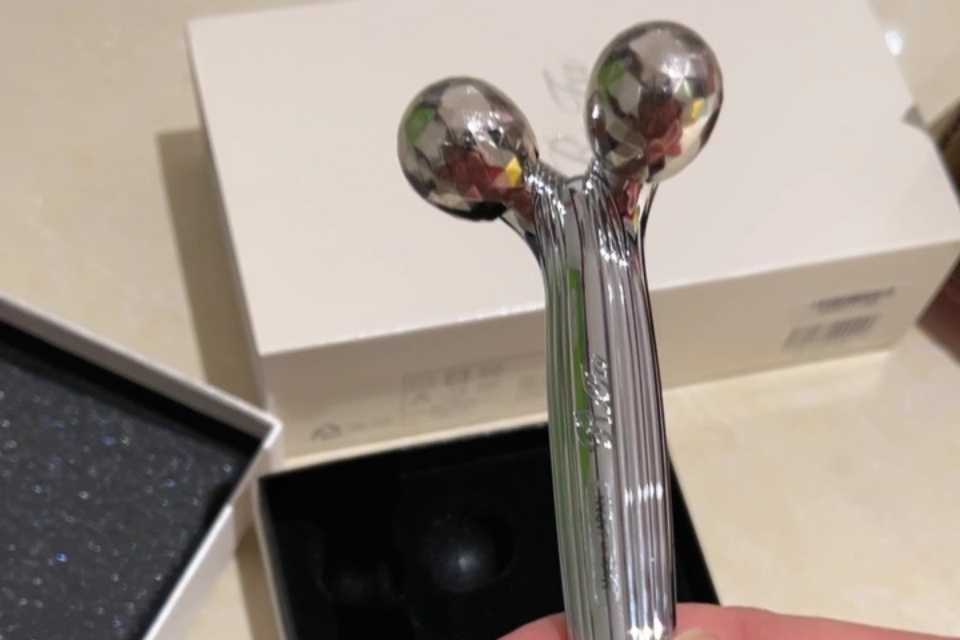
Market Trends
The market for eye therapy devices is undergoing significant growth, projected to increase from $1.2 billion in 2023 to over $2.5 billion by 2028, representing a compound annual growth rate (CAGR) of 15.8%. This expansion is primarily driven by the rise in screen-time exposure, the increasing prevalence of digital eye strain, and a growing consumer awareness regarding preventative eye care practices. The Asia-Pacific region currently dominates the market with a 42% share, followed by North America at 30% and Europe at 20%. Notably, China has emerged as a manufacturing hub due to its cost efficiencies and advantageous supply chain dynamics.
Additionally, the global market for eye drops and lubricants has reached an estimated value of $15 billion, with expectations for continued growth fueled by aging populations experiencing a higher incidence of conditions such as glaucoma and dry eye. However, the effectiveness of these products can be compromised by adherence rates as low as 62%, which may lead to suboptimal patient outcomes and impact the perceived efficacy of these treatments during clinical studies.
The eyecare market is also witnessing rapid innovation and technological advancement. Leading companies, including Alcon, Johnson & Johnson Eye Care, Bausch & Lomb, and Carl Zeiss Meditec, are pivotal in this evolution, continually developing new products to enhance patient care and meet unmet market needs. For example, Bausch & Lomb’s acquisition of Blink Eye Drops in July 2023 for USD 106.5 million exemplifies strategic moves to expand portfolios in response to rising global demand for dry eye relief.
The need for innovative solutions is underscored by the aging global population and rising chronic diseases, such as diabetes, which increase the demand for various eye care services, including diabetic retinopathy screenings. Advances in technology are transforming diagnostics and treatments, encompassing everything from advanced imaging techniques to artificial intelligence-assisted screenings. These innovations are critical as they influence patient outcomes and accessibility to necessary eye care.
As the eyecare landscape evolves, it is essential for professionals and stakeholders to stay informed about these trends, which will likely shape the future of vision care and improve access to effective treatments globally.
Challenges and Considerations
Access to Care
Access to quality eye care remains a significant challenge, particularly for underserved populations, including those in rural areas. Geographic barriers can hinder access, with rural patients often facing much longer distances to clinics compared to their urban counterparts. For instance, the median distance between a clinical trial site and a patient’s home is approximately 24.2 km for rural patients, in contrast to just 4.5 km for urban patients. This distance can be a uniquely intense barrier for individuals requiring assistance, as vision-related appointments typically necessitate the presence of a caregiver to drive them, thereby complicating the logistics of care.
Technological Innovations and Inefficiencies
While technological advancements have facilitated the rise of digital health and remote monitoring solutions, these tools are designed to complement, rather than replace, in-person consultations with healthcare providers. This duality highlights the need for practices to balance traditional care with emerging technologies. Additionally, many eye care professionals encounter inefficiencies in their workflows, leading to long wait times and administrative burdens that can detract from patient satisfaction and timely care delivery.
Challenges in Diagnosis
The intricacies of diagnosing certain eye conditions pose another challenge for eye care providers. Conditions that exhibit subtle or overlapping symptoms may lead to delayed or missed diagnoses, ultimately impacting patient outcomes. Keeping abreast of rapidly evolving treatment modalities requires continuous education and investment from eye care professionals, further complicating the landscape of effective care provision.
Mobile Eye Care Solutions
In response to these challenges, mobile eye care initiatives have emerged as a viable solution to enhance accessibility. By bringing eye care services directly to underserved communities, these programs facilitate access to essential vision care. Mobile care allows for a personalized approach, where optometrists can better understand and manage patients’ needs in their home environments. Flexibility in scheduling appointments can also accommodate the unique lifestyles of these patients.
Despite the potential benefits, implementing mobile clinics requires significant investment in resources and may present logistical challenges. Careful planning and collaboration among local healthcare providers are essential to ensure the successful deployment of these innovative solutions in addressing eye care disparities.
Future Outlook
The future of eye care devices is poised for significant transformation, driven by rapid advancements in technology and an increasing awareness of the importance of eye health. As optometry continues to evolve, practitioners are dedicating themselves to staying ahead of the curve, ensuring that patients have access to the latest innovations in eye care technology.
Technological Advancements
Emerging technologies are playing a crucial role in reshaping the landscape of eye care. The integration of artificial intelligence (AI) into ophthalmology is one of the most noteworthy trends, facilitating enhanced imaging, diagnosis, and monitoring of retinal conditions. The approval of AI systems, such as Eyenuk’s EyeArt for detecting various eye diseases, underscores the potential of these technologies to improve patient outcomes and streamline care processes.
The Role of Research and Development
Ongoing research and development are vital to the future of eye care. The industry is witnessing a surge in innovations that could redefine patient care, with optometrists committed to incorporating the best available technology into their practices. This commitment not only addresses current challenges in eye health but also anticipates future needs, thereby positioning eye care as an essential aspect of overall wellness.
A Commitment to Patient Care
As eye care devices become increasingly integral to personal wellness, the emphasis on personalized and preventative care is expected to grow. This shift will empower patients to take charge of their eye health, utilizing the latest tools and technologies to make informed decisions. The combination of cutting-edge devices and a patient-centric approach will enhance the overall experience and efficacy of eye care services in the years to come.



